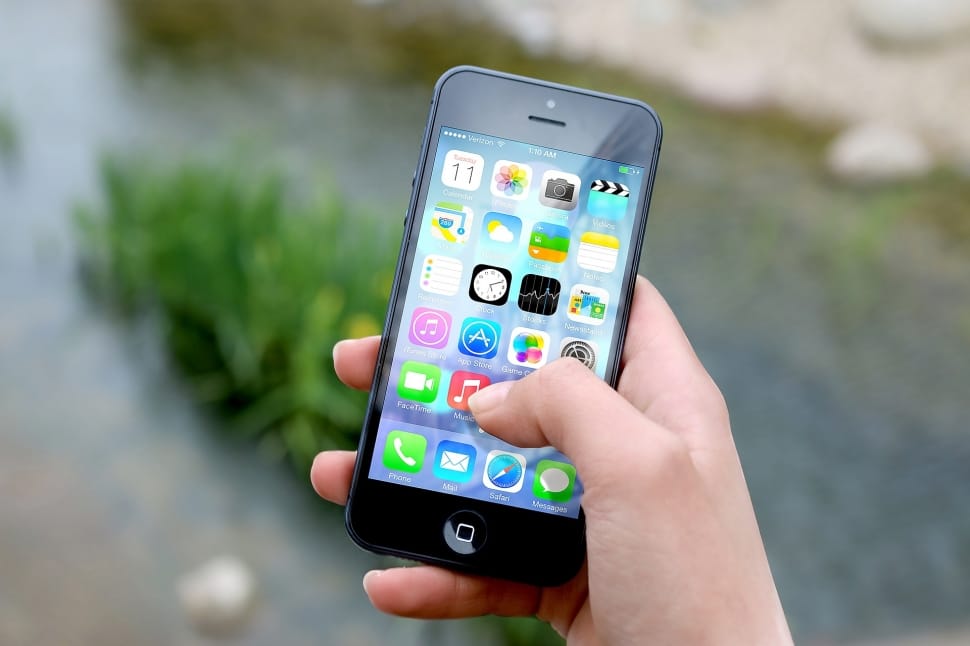
iOS 1 was released alongside the first iPhone in 2007, and while it was limited in functionality compared to modern smartphones, it introduced a number of features that we take for granted today, such as the ability to browse the web, send emails, and make phone calls. The original iPhone was also the first smartphone to feature a touchscreen, which has since become a standard feature across all smartphones.
iOS 2 was released in 2008 alongside the iPhone 3G, which added support for 3G cellular networks and GPS. This version of iOS also introduced the App Store, which allowed users to download and install third-party apps directly onto their iPhone.
iOS 3 was released in 2009 alongside the iPhone 3GS, which added support for video recording and voice control. iOS 3 also introduced the ability to copy and paste text, which was a much-requested feature at the time.
iOS 4 was released in 2010 alongside the iPhone 4, which featured a higher-resolution display and front-facing camera for video calls. iOS 4 introduced features like multitasking, folders for organizing apps, and support for iBooks.
iOS 5 was released in 2011 alongside the iPhone 4S, which introduced the virtual assistant Siri. iOS 5 also introduced features like iMessage, which allowed users to send text messages over Wi-Fi or cellular data, and iCloud, which allowed users to sync their data across all their Apple devices.
iOS 6 was released in 2012 alongside the iPhone 5, which featured a larger 4-inch display. iOS 6 introduced features like Apple Maps, which replaced Google Maps as the default mapping app, and Passbook, which allowed users to store boarding passes, event tickets, and loyalty cards on their iPhone.
iOS 7 was released in 2013 alongside the iPhone 5S and 5C, which featured improved cameras and Touch ID fingerprint sensors. iOS 7 introduced a major redesign of the user interface, with flatter icons and brighter colors, and introduced features like Control Center, which allowed users to quickly access commonly used settings.
iOS 8 was released in 2014 alongside the iPhone 6 and 6 Plus, which featured larger displays and improved cameras. iOS 8 introduced features like HealthKit, which allowed users to track their health and fitness data, and HomeKit, which allowed users to control smart home devices.
iOS 9 was released in 2015 alongside the iPhone 6S and 6S Plus, which introduced 3D Touch, a pressure-sensitive display that allowed users to access additional features by pressing harder on the screen. iOS 9 also introduced features like Picture-in-Picture, which allowed users to watch videos while using other apps, and improved battery life.
iOS 10 was released in 2016 alongside the iPhone 7 and 7 Plus, which featured improved cameras and water resistance. iOS 10 introduced features like a redesigned lock screen, improved Siri integration, and the ability to delete built-in apps.
iOS 11 was released in 2017 alongside the iPhone 8 and 8 Plus, which featured improved cameras and wireless charging. iOS 11 introduced features like a redesigned Control Center, improved multitasking, and the ability to scan QR codes with the camera app.
iOS 12 was released in 2018 alongside the iPhone XS, XS Max, and XR